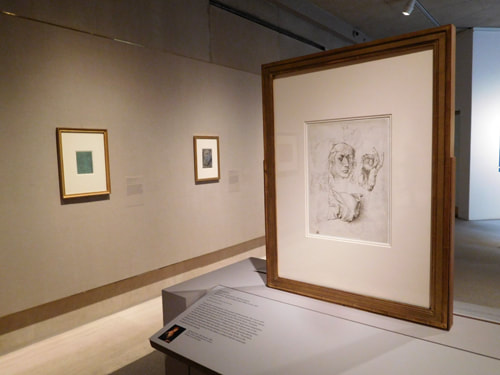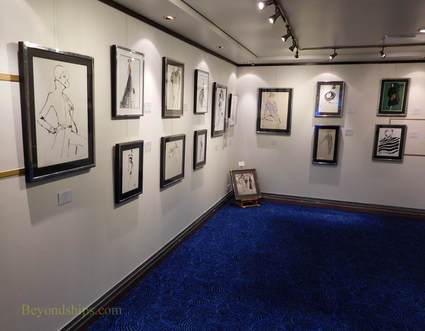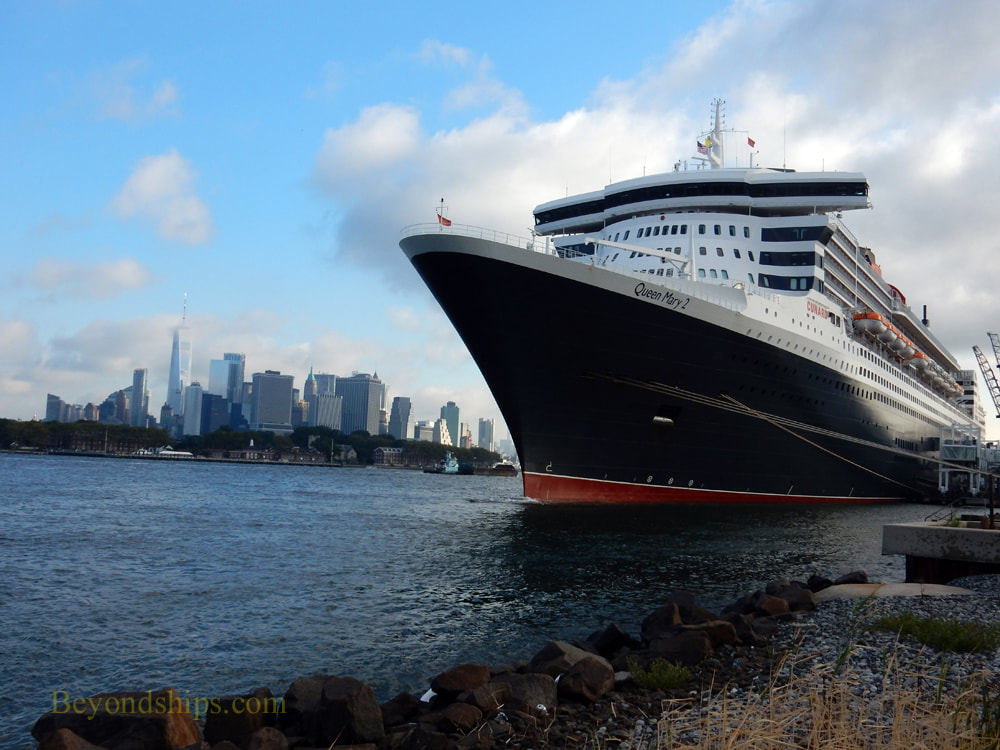 Major exhibitions of drawings seem to be proliferating. In recent weeks, I have reviewed such exhibits at the Morgan Library and Museum, the National Portrait Gallery in London and now at the Metropolitan Museum of Art. This attention is well-deserved because as the Met correctly says “drawing is the foundation of all the visual arts.” “Leonardo to Matisse” is a survey of European art from the Renaissance to the 20th century. It is done through works from such masters as Leonardo, Rembrandt, Duerer, Tiepolo, Renoir, Van Gogh, and Matisse. Moreover, because it is done utilizing works from the collection of one person, viewing the exhibit is a conversation with one connoisseur about art. The works on exhibit are from the Met's Robert Lehman Collection. Robert Lehman graduated from Yale University in 1913 and by 1925 he was the head of the family-business, the investment banking house Lehman Brothers. He expanded that firm, bringing in outside partners, and made it into a financial powerhouse. Mr. Lehman's interest in art began at an early age. His father and mother collected art and by the time Robert was a teenager, he had begun collecting on his own. Over the years, he accumulated a massive collection focusing on European Art from the 14th to the 20th century. By 1962, it had become so massive that he used the townhouse that he grew up on New York's West 54th Street solely as a repository for his collection. It was not just a large collection but an important collection. Parts of it had been exhibited by the Louvre in Paris, the first private American collection to be so honored. Lehman took advice from experts in making his purchases but he also simply purchased what he liked. Following Lehman's death in 1969, the Robert Lehman Foundation bestowed the collection of some, 2,600 works to the Metropolitan, where Mr. Lehman had been a trustee and chairman of the board. A new wing was constructed to exhibit the collection in order to follow his stipulation that the works be exhibited together as a collection. There were more than 750 drawings in the collection. This exhibit presents some 60 works, which the Met describes as presenting “the full range of Robert Lehman's vast and distinguished drawings collection.” We can see from this exhibit that Mr. Lehman was interested in a broad span of European art. Although the signage tells us that his first interest was in Italian Renaissance drawing, the works include sheets from other times, other parts of Europe and a wide range of styles. Indeed, the works extend up to Modernism and Neo-Impressionism. Some of the works were acquired directly from living artists. Lehman also preferred finished drawings. This is not to say that all these works were finished in the sense that they were meant for public display. To the contrary, many were clearly done for the artist's own benefit in preparation for a painting or sculpture or to work out some problem of proportion or lighting etc. Indeed, Durer's self-portrait is on a sheet with a large study of a hand and Degas' dancer has other drawings on the reverse side. Rather, they are finished in the sense that the artist completed the concept. Few of the works are hasty sketches. Most of the drawings are relatively small. Consequently, they require close viewing which in turn creates an intimacy with the work. A collector would not have purchased these to decorate a large room but rather to examine from time-to-time. Very few of the drawings have color. Most are drawings done in black, brown or sometimes a combination of black, white and red chalk. Only one, a delightful tiny watercolor by Renoir, makes use of vibrant color. The exhibit is on the lower floor of the Robert Lehman Wing. Many of the paintings that Lehman collected are on display on the upper floor. While the drawings are excellent, they are overshadowed by the paintings, which include masterpieces by Ingres, Goya and Raeburn and the Impressionist masters Monet, Pissaro and Renoir.  It is not unusual to find an art exhibition on a passenger ship. Most cruise ships have an art gallery that sells prints and original works of art. What is unusual is for a ship to host a preview of an art exhibit that will be seen on land in a major city. As part of its 2017 Transatlantic Fashion week, the ocean liner Queen Mary 2 held a preview of “Drawing On Style: Original Fashion Illustration.” This exhibition was a preview of a larger exhibition held at the Gray MCA Cheryl Hazon Gallery in New York City. The preview presented 21 works by 10 artists. It was held in the annex to QM2's permanent art gallery. Until fairly recently, illustration was a somewhat disparaged stepchild of fine art. In part, this was due to the fact that illustration has commercial connections. It is often used in advertising to sell a product or service. Also, illustration was often used in conjunction with a book or a story to elaborate on an idea or a point made by the author of the book or story. In such situations, it was argued that the illustration is subservient to the book or story and not a stand alone artistic concept. The old view of illustration lost ground as people came to realize that a good illustration can stand on its own without regard to the product or story it was commissioned to serve. Indeed, at this exhibit, it is hard to detect what fashion designer's conept the works were originally intended to illustrate. It s only by reading the signage that you find that a given work was done for one of the great fashion houses or a well-known fashion magazine. In other words, the works stand on their own. The works on display were drawings, often pen and ink with a brushed wash but also some graphite works and some watercolors. They were not traditional drawings. Rather, like the Mask paintings of Henri Matisse, they distill the subject matter to its essential lines. Colin McDowell, fashion commentator and one of the artists whose works were included in the exhibit, explained: “In fashion illustration, you are creating a mood, a feeling and you can do it in very few lines. Elimination, just get the essence.” In his remarks opening the exhibit, Mr. McDowell pointed out that fashion illustration reahed its zenith with the fashion magazines of the 1930s and 40s, which were aimmed primarily at upper class ladies. As the demographics of their readership changed in the 1950s, the publishers began to favor photographs over illustration in order to appeal to a younger and broader audience. By the end of the century, photographs had all but replaced illustration in the fashion magazines. The exhibit chronicles this period with examples of works from throughout this period. It includes several works by Kenneth Paul Black, who Mr. McDowell called “the last of the great fashion illustrators.” However, I was most attracted to the works of contemporary British artist Jason Brooks because of the emotion he conveys in a minimum of lines. It was an exhibit rich in fashion history. But the pictures were not just of interest for their historical value. They were good pictures. |
AuthorRich Wagner is a writer, photographer and artist. Archives
November 2018
Categories
All
|

 RSS Feed
RSS Feed